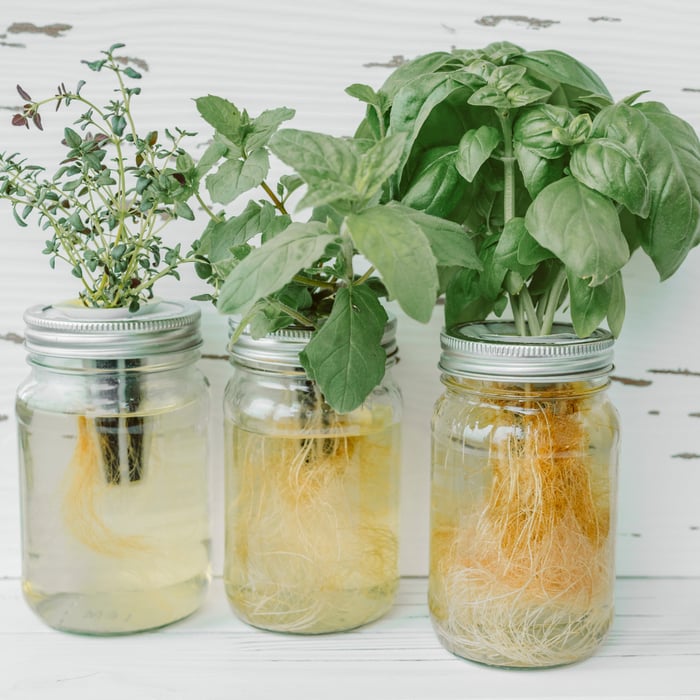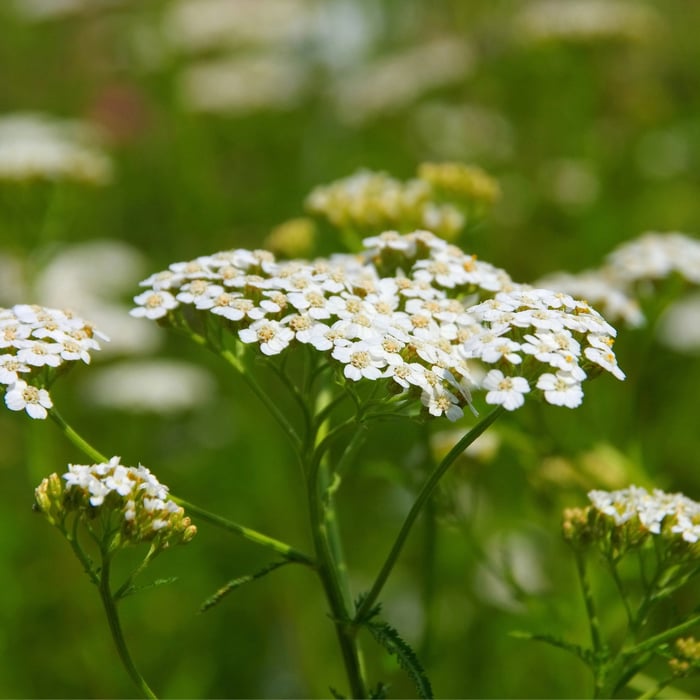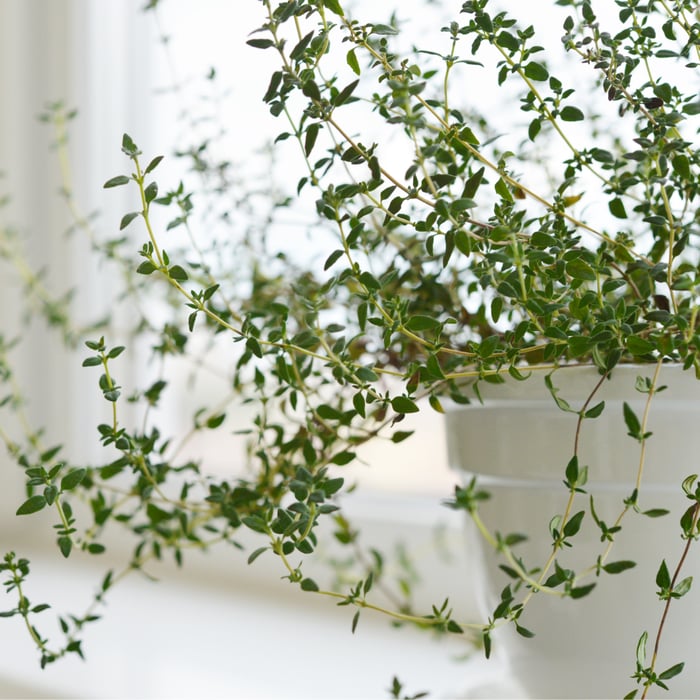Cilantro, also known as coriander, is an herb used in various cuisines worldwide. It is a relatively easy herb to grow, but the process can vary depending on your region's climate and soil conditions. This blog post will discuss how to grow cilantro in Florida, specifically focusing on planting cilantro seeds in early fall, coriander seed, and how to harvest cilantro in early spring.
Planting Cilantro Seeds in Early Fall
The best time to plant cilantro seeds in Florida is in early fall, around late September or early October. This is because cilantro is a cool-season herb and prefers to grow in cooler temperatures. When planting cilantro seeds, choosing a location that gets partial to full sun is essential, as cilantro plants require plenty of light to grow. Additionally, it is best to plant cilantro seeds in well-drained soils, as they do not tolerate waterlogged soils. If your soil is too heavy, you may need to add organic matter to improve the drainage.
Culinary Herb Seed Assortment | 5 Variety Pack
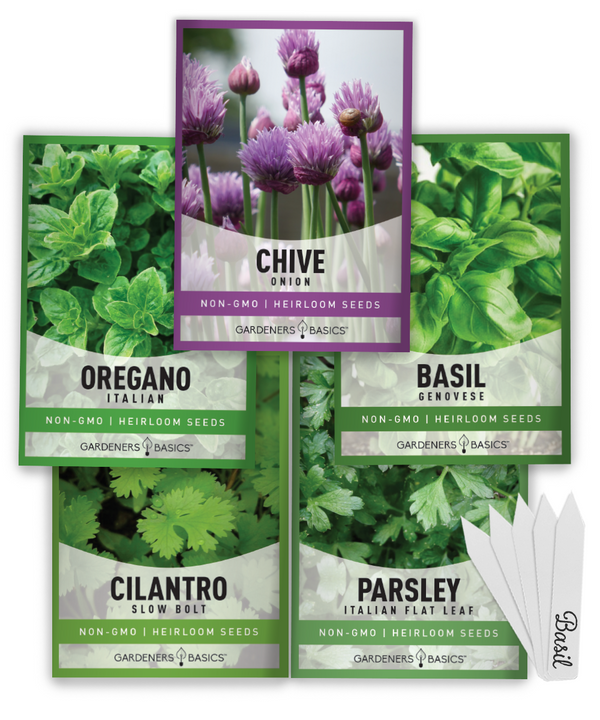
$9.95
Heirloom Culinary Herb Seeds for Indoor & Outdoor Planting Introducing our 5 Culinary Herb Seeds Variety Pack, the perfect addition to your kitchen garden or homestead! This exclusive herb seed collection includes heirloom, non-hybrid, open-pollinated, and non-GMO seeds, meticulously selected… read more
Cilantro seeds can be sown directly into the soil or started indoors and then transplanted outside. If you choose to start your cilantro seeds indoors, you should begin the process about six weeks before the last expected frost date in your area. Once the seedlings have grown large enough, you can transplant them outside into your garden.
Coriander Seed
Cilantro seeds are also known as coriander seed, and they are an essential ingredient in many dishes, including curries, stews, and soups. If you are growing cilantro primarily for its coriander seeds, you should let the plants grow until they have gone to seed, which typically happens in early summer. Once the plants have gone to seed, you can harvest the seeds by cutting off the seed heads and placing them in a paper bag to dry. Once the seeds have dried, you can store them in an airtight container for later use.
Fresh Cilantro
If you are growing cilantro primarily for its leaves, you can begin harvesting the leaves as soon as they are large enough to use. It is best to harvest cilantro leaves in the early morning, as they will be the most flavorful at that time. To harvest cilantro leaves, simply snip off the outer leaves with a pair of scissors, leaving the inner leaves to continue growing. It is essential not to cut the plant to the ground, as this will prevent it from regrowing.
Popular Herb Seeds for Planting | 35 Variety Pack
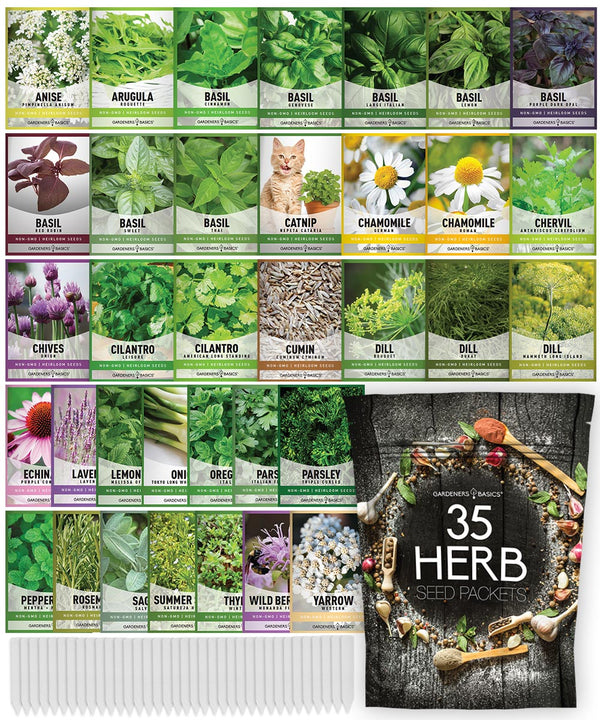
$29.95
$49.95
Heirloom, non-GMO herb seeds for indoor and outdoor home gardens! Introducing our 35 Herb Seeds Variety Pack, the ultimate selection for any herb garden enthusiast! This premium assortment includes heirloom herb seeds that are non-hybrid, open-pollinated, and non-GMO, ensuring you get only… read more
Harvesting Cilantro in Early Spring
If you are growing cilantro for its leaves, you can harvest them throughout fall and winter. However, cilantro plants will eventually begin to bolt or go to seed in the spring as temperatures warm up. When cilantro plants bolt, they produce fewer leaves and become less flavorful. Therefore, it is best to harvest cilantro before it bolts.
If you are growing cilantro for its coriander seeds, you should wait for the plants to seed before harvesting. This typically happens in early summer, around June or July. Once the plants have gone to seed, you can cut off the seed heads and dry them in a paper bag.
Cilantro Plants
Cilantro plants are relatively easy to care for but require regular watering and fertilization. When watering cilantro plants, it is best to water deeply but infrequently, as this will encourage the roots to grow deeper into the soil. Additionally, it is best to fertilize cilantro plants with a balanced fertilizer every two to three weeks.
If you are growing cilantro in Florida, you may need to protect your plants from pests and diseases. Common problems affecting cilantro plants include aphids, spider mites, and whiteflies. To prevent pest infestations, keeping your cilantro plants well-watered and fertilized is best, as healthy plants are less susceptible to pest damage. You can also use natural pest control methods, such as introducing beneficial insects like ladybugs or organic insecticidal soaps.
In addition to pests, cilantro plants can also be affected by diseases like powdery mildew and leaf spot. Keeping your cilantro plants well-spaced and ensuring good air circulation around them is essential to prevent these diseases. You should also avoid watering your plants from above, as this can promote the growth of fungal infections. If you notice any signs of illness on your cilantro plants, use organic fungicides or remove and destroy affected plant parts.
In conclusion, growing cilantro in Florida is a rewarding experience that can provide fresh herbs and spices for cooking. To grow cilantro successfully in Florida, plant seeds in early fall, choose a location with partial to full sun and well-drained soils, and water and fertilize your plants regularly. Additionally, you can harvest cilantro leaves throughout the fall and winter months and wait until the plants have gone to seed in the spring to harvest coriander seeds. With the proper care and attention, your cilantro plants will thrive and provide a bountiful harvest of fresh cilantro leaves and coriander seeds.
Herb Seed Assortment | 15 Variety Pack
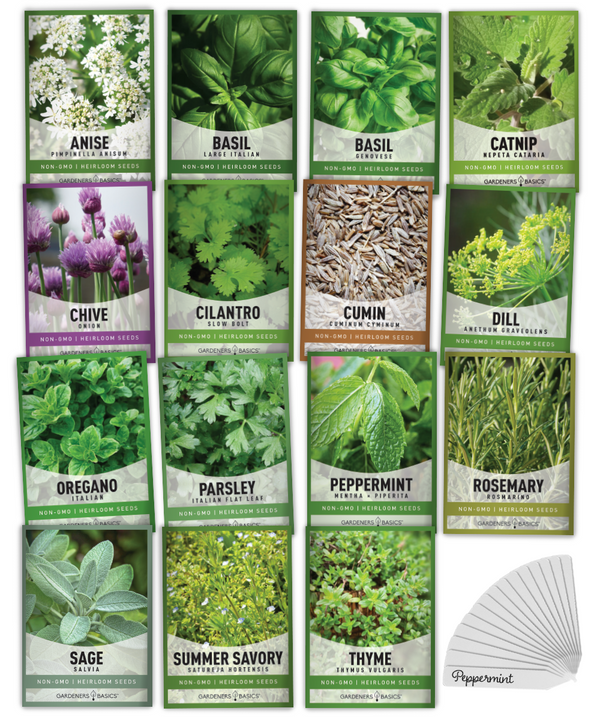
$19.95
Unlock the Power of Homegrown Herbs: 15 Heirloom Herb Seeds for Sustainable Gardening Introducing our 15 Herb Seeds Variety Pack—the ultimate collection for any home gardener, herbalist, or culinary enthusiast looking to grow fresh, flavorful herbs. Each of the 15 herb… read more





